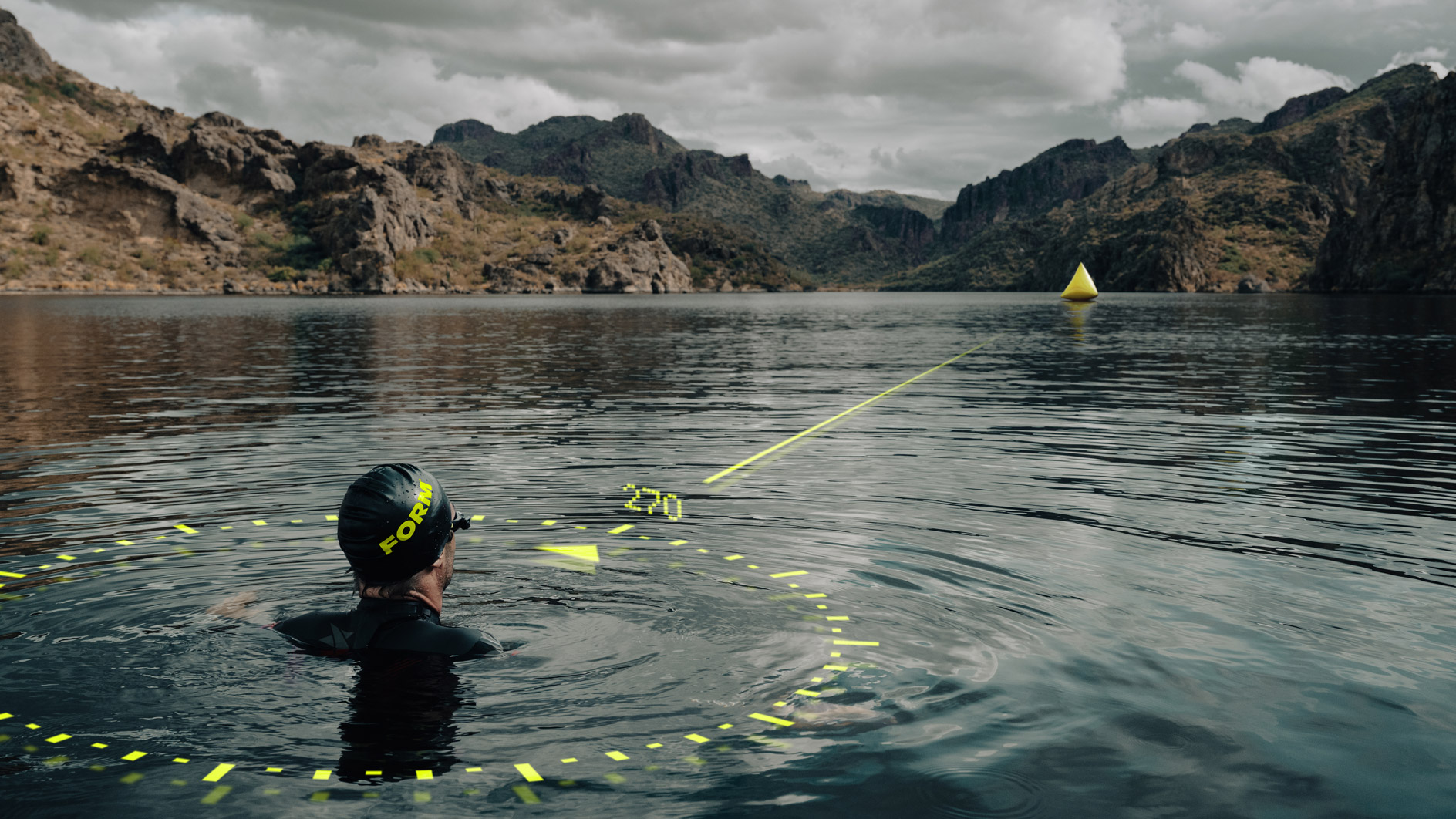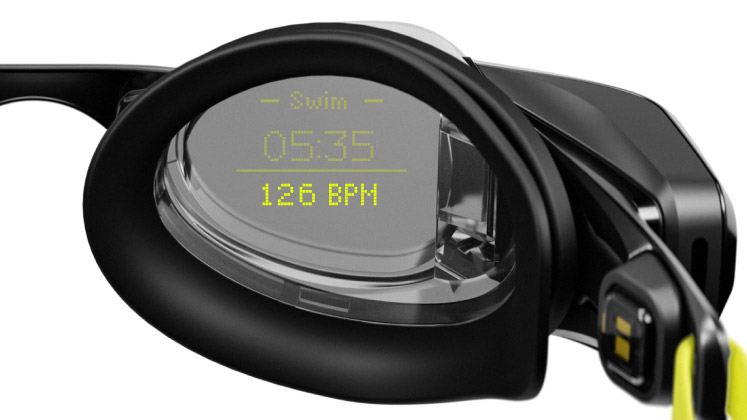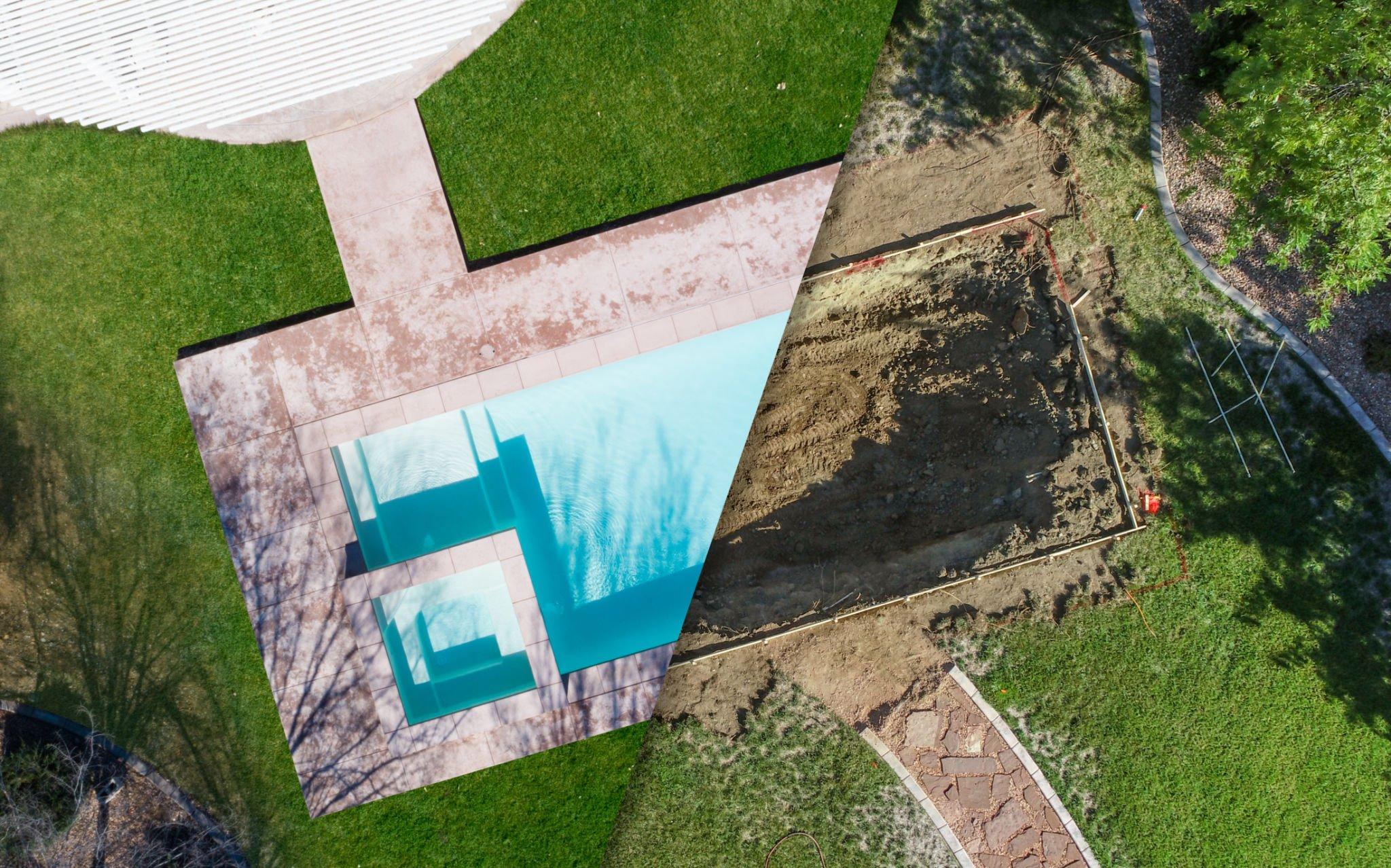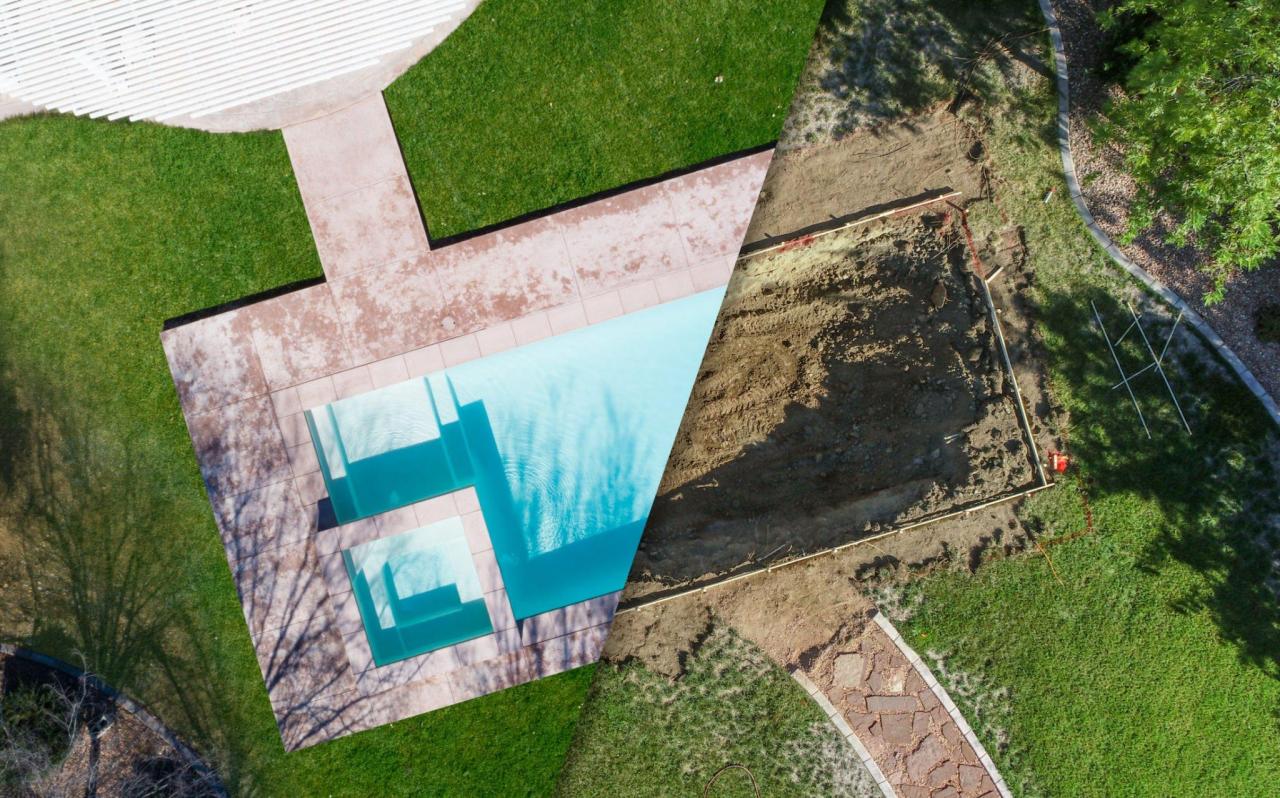[ad_1]
Form is a smart tool designed to help swimmers with their, well, form in the water. The first-generation Form Smart Swim goggles have been around for a while now, but the second-gen Smart Swim 2 packs some big improvements, as smart glasses begin to really come into their own.
The smart glasses category includes specialist exercise tools, such as Form Smart Swim goggles for swimmers and the Engo 2 AR glasses for runners, both of which use augmented reality heads-up displays to serve up essential information and workout statistics during your session. However, thanks to the Ray-Ban Meta smart glasses, the latest iteration of Amazon Echo Frames (Gen 3) and others, the smart glasses world is getting considerably bigger and better.
Form, as early adopters, has ridden this wave and come back to the table with a highly advanced pair of goggles. Unlike many other pairs of smart glasses, while these collects information about your swim, there’s no need to pair it with a companion wearable like a smartwatch to get health metrics – the Smart Swim even takes your heart rate itself, measured at the temple with an in-built optical heart rate sensor.

“It’s an environment where you’re often guessing, and you have nothing to really rely on.” says Scott Dickens, ex-Olympian swimmer and Form’s director of business development. “By leveraging our magnetometer, we’ve been able to create a first of its kind in-goggle digital compass that provides real time directional headings. If I’m swimming towards that yellow buoy, for example, and I see that it’s at 270 degrees, as long as I’m swimming with my head down, and the arrow is pointing that way, I will be swimming as straight as an arrow.”
Another key premium feature is HeadCoach, which uses similar AR directions to guide you when to turn your head during pool swims. Form’s library of over 1500 workouts can also be accessed as part of the Premium sub, all with instructions shown right on the googles.
Having 1500 workouts beamed to your eyes (not all at once, that sounds nightmarish), along with a magnetometer compass so you never get lost or bumped off-course during open-water swims, sounds particularly innovative. I know a few triathletes who will be elated to test this technology.

And the best part? It’s not (that) expensive, especially when you consider the cost of specialist swimming and tri equipment.
Abt insists ”this is an application of augmented reality for the masses, at an accessible price point”, available now costing $249 / £229 / AU$399. After that, the premium subscription is £7 a month (around $9 in the US and AU$13.50 in Australia). Not chump change, but not incredibly exclusive either, especially for sportspeople who are used to making long trips to open-water swims and spending thousands of dollars or pounds on high-performance bikes.
As the AR smart glasses category evolves and the wellness applications increase (the display! The in-built heart rate monitor!) I’m excited to see what the future holds in the sports & wearables space. When it comes to emerging form factors, I thought 2024 was only going to be the year the best smart rings took center stage, but it looks like AR lenses are having their moment too.
You might also like:
[ad_2]
Source Article Link



